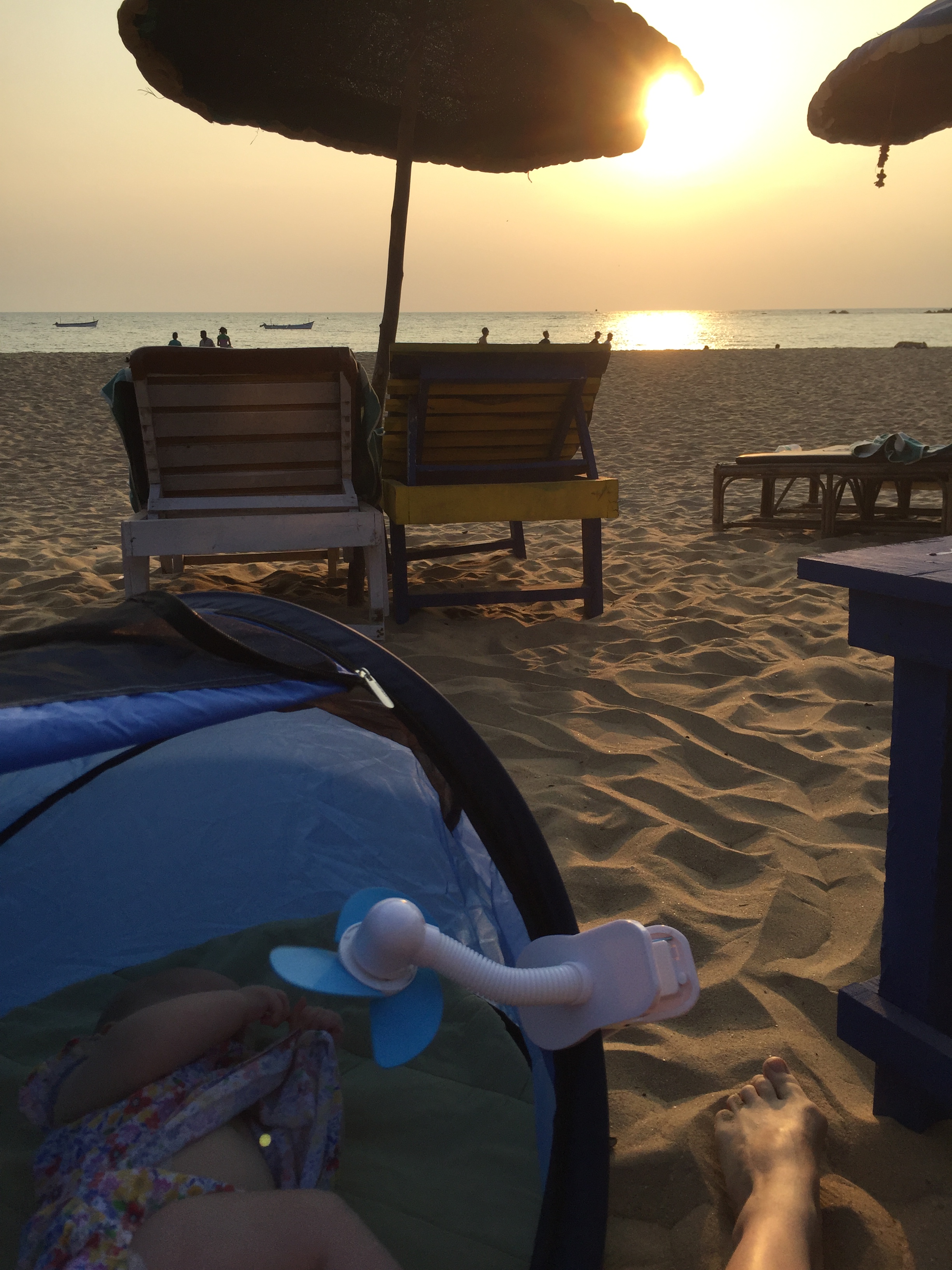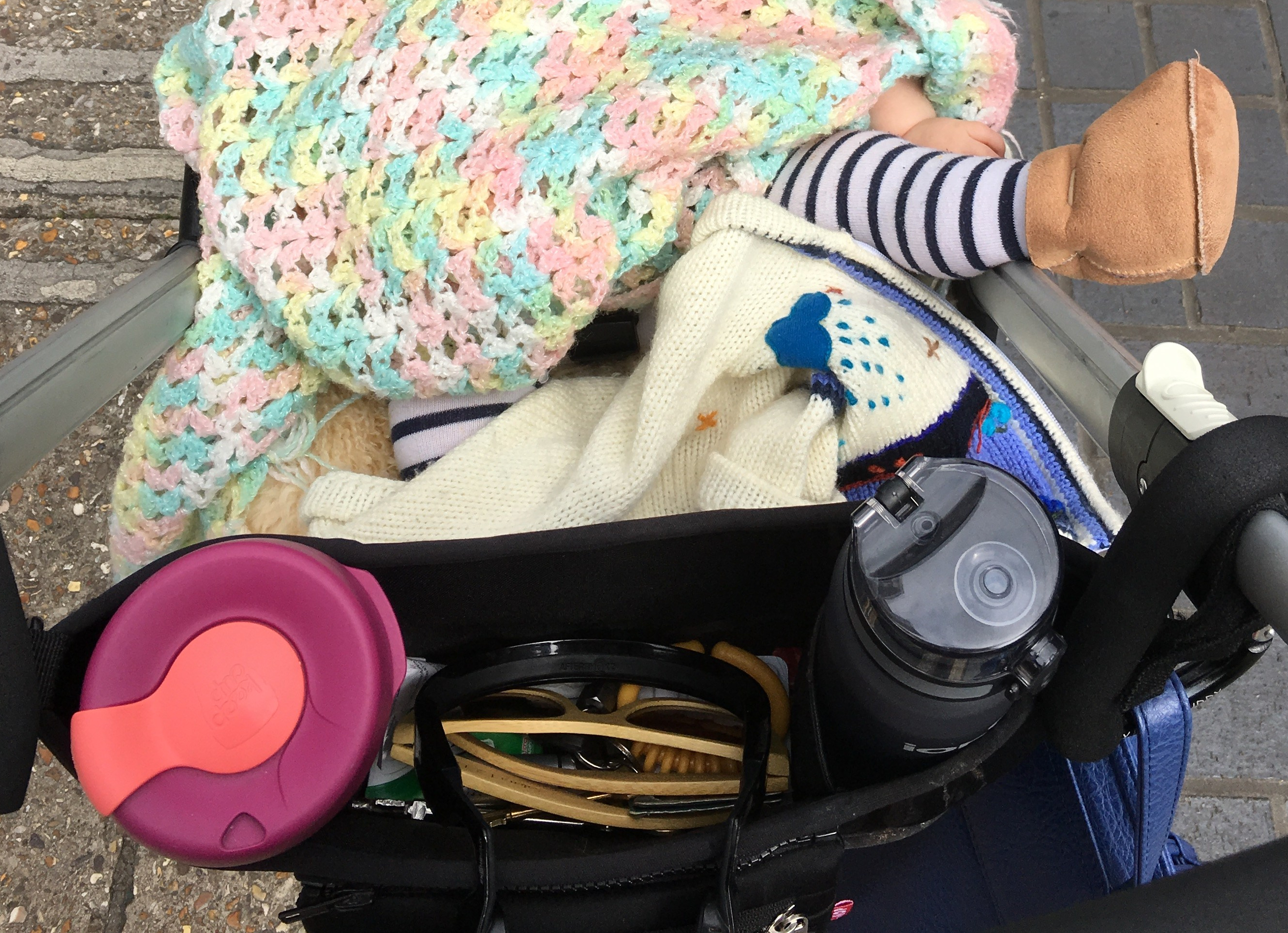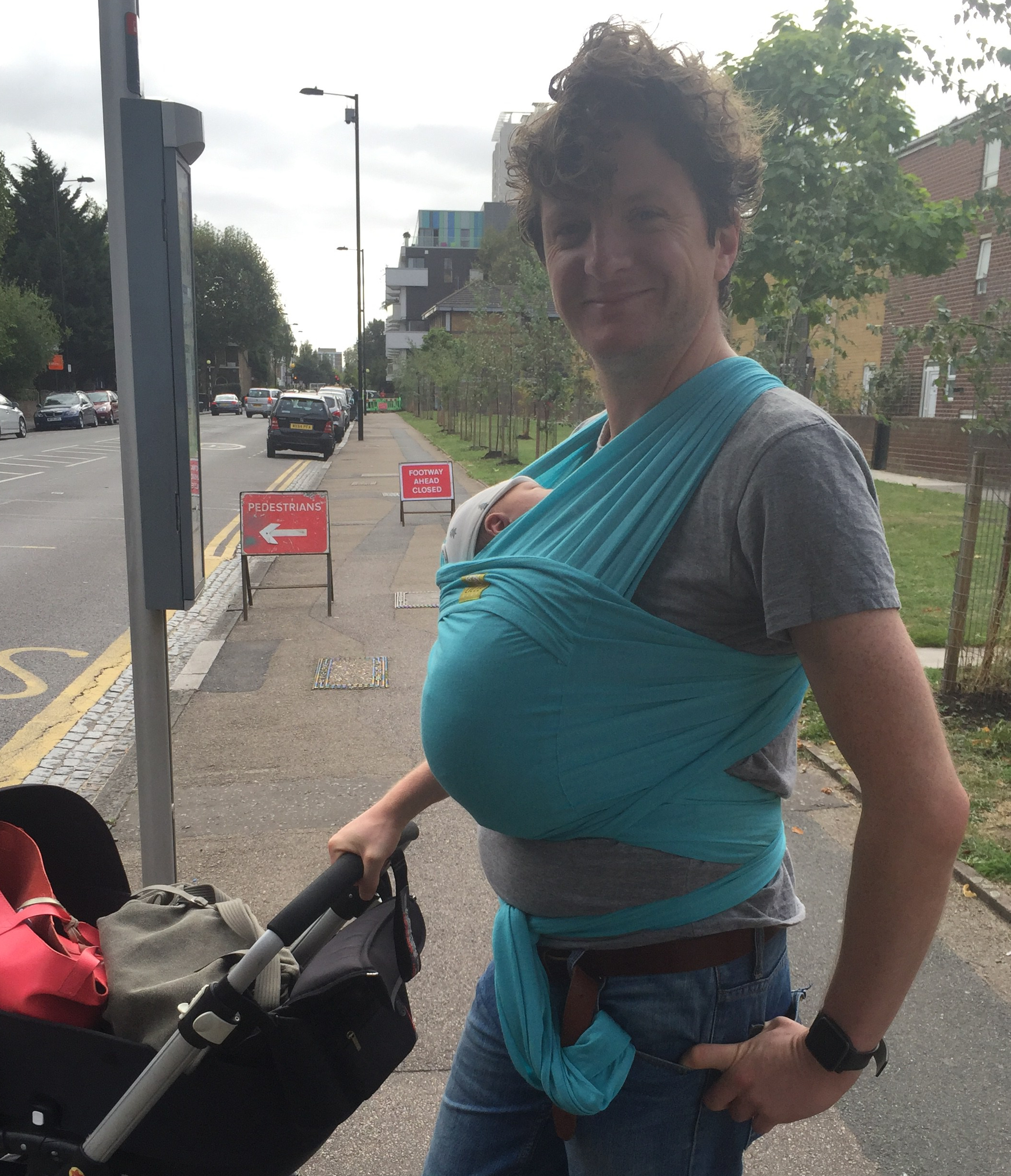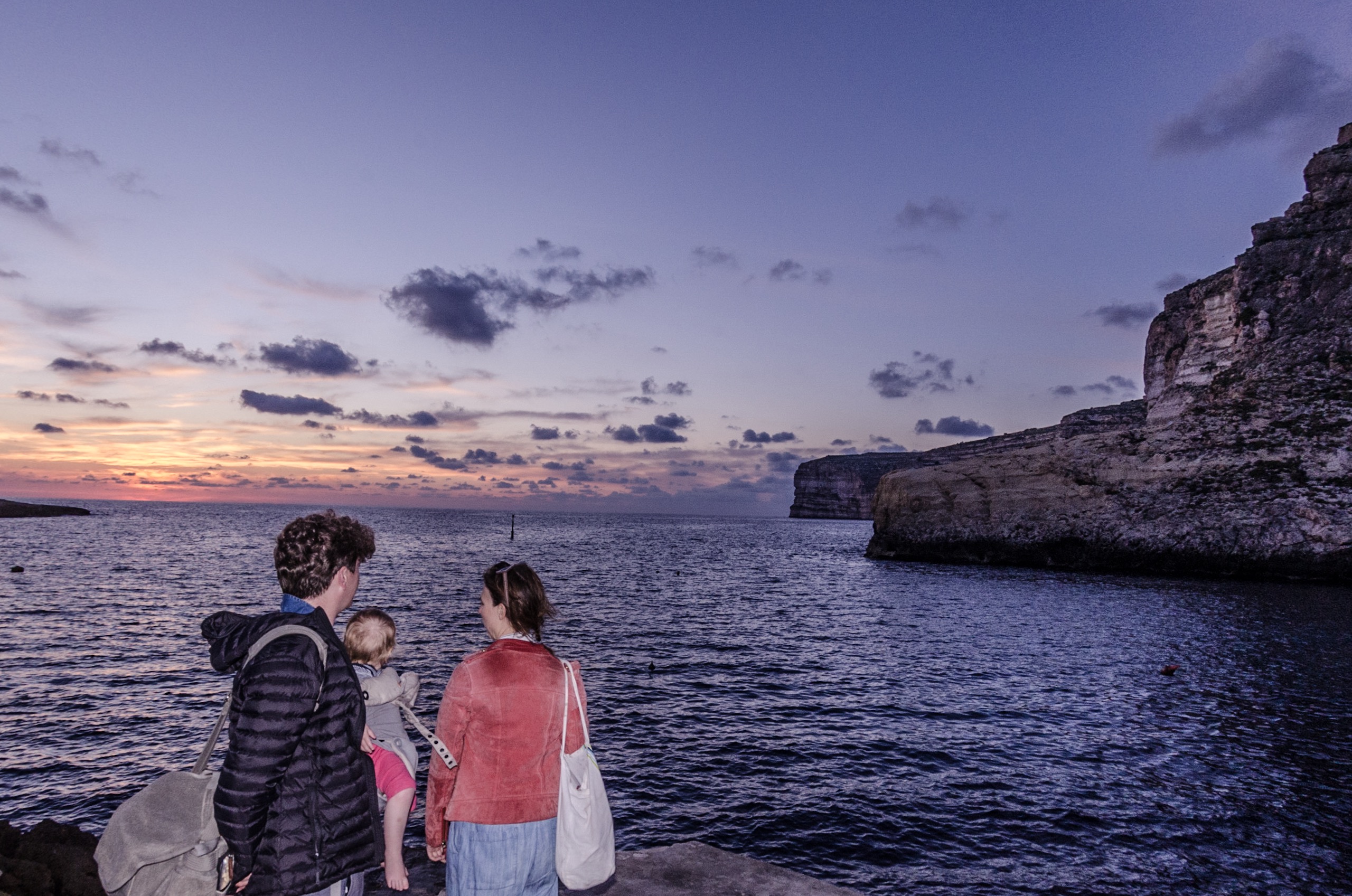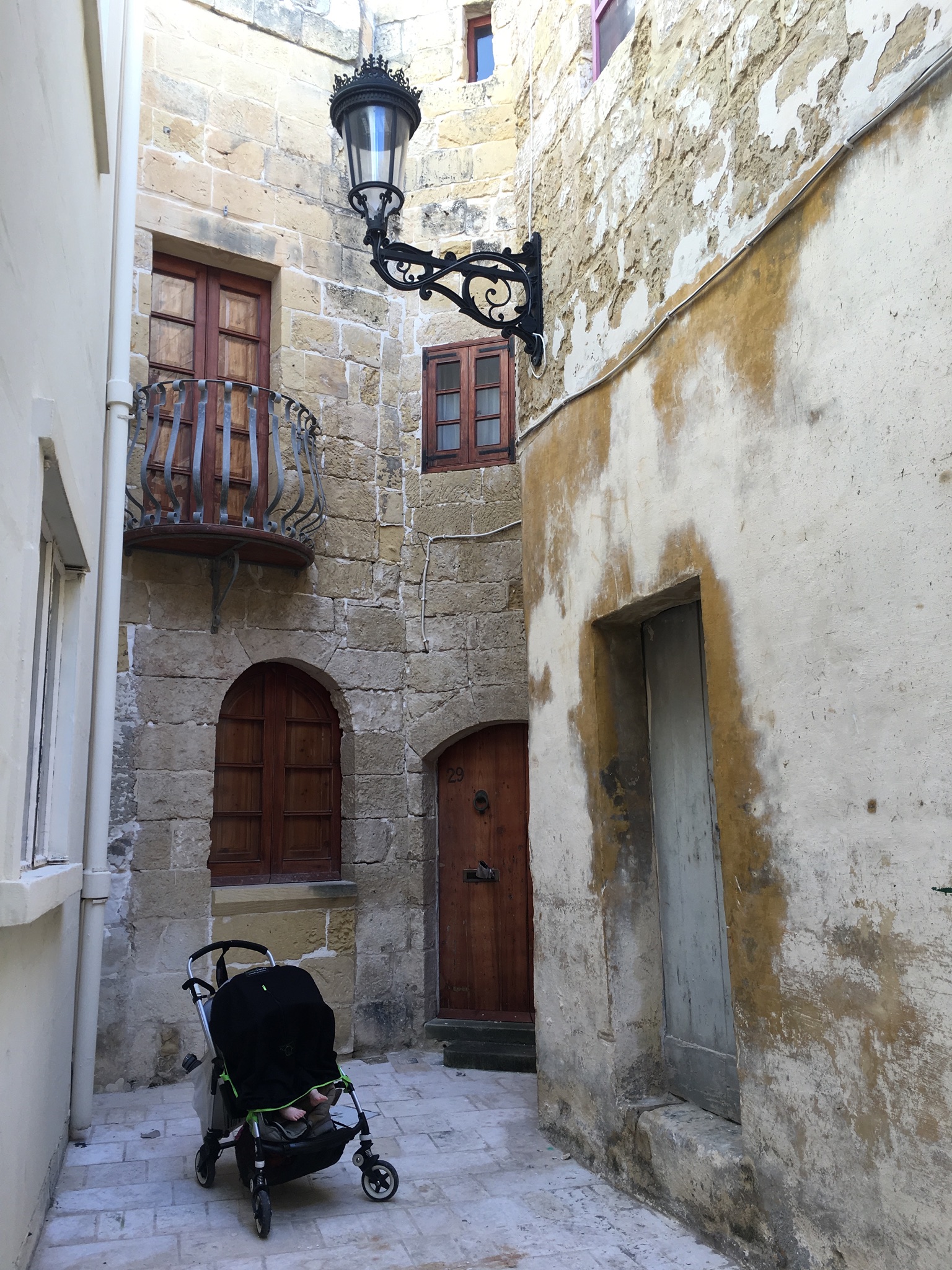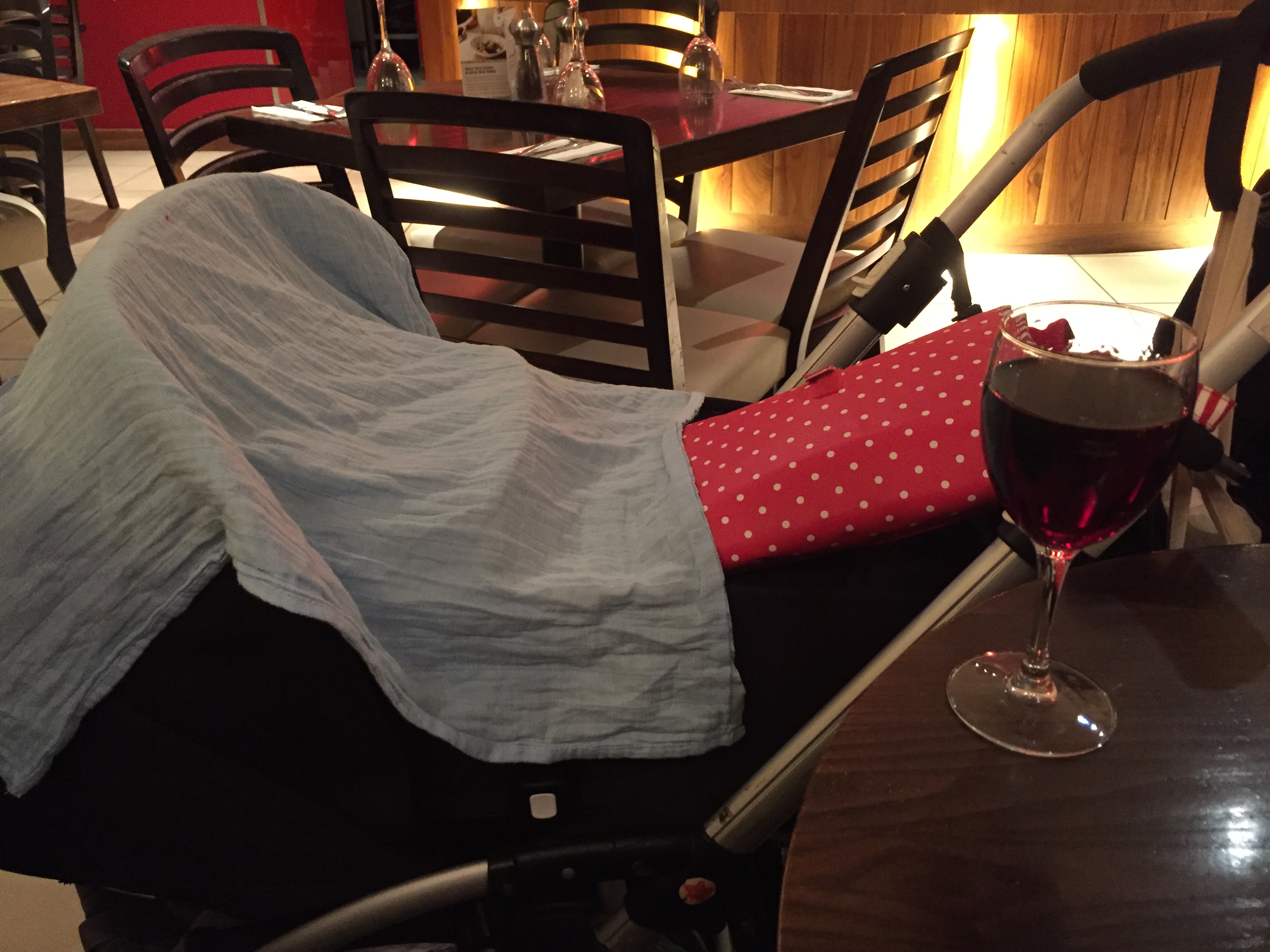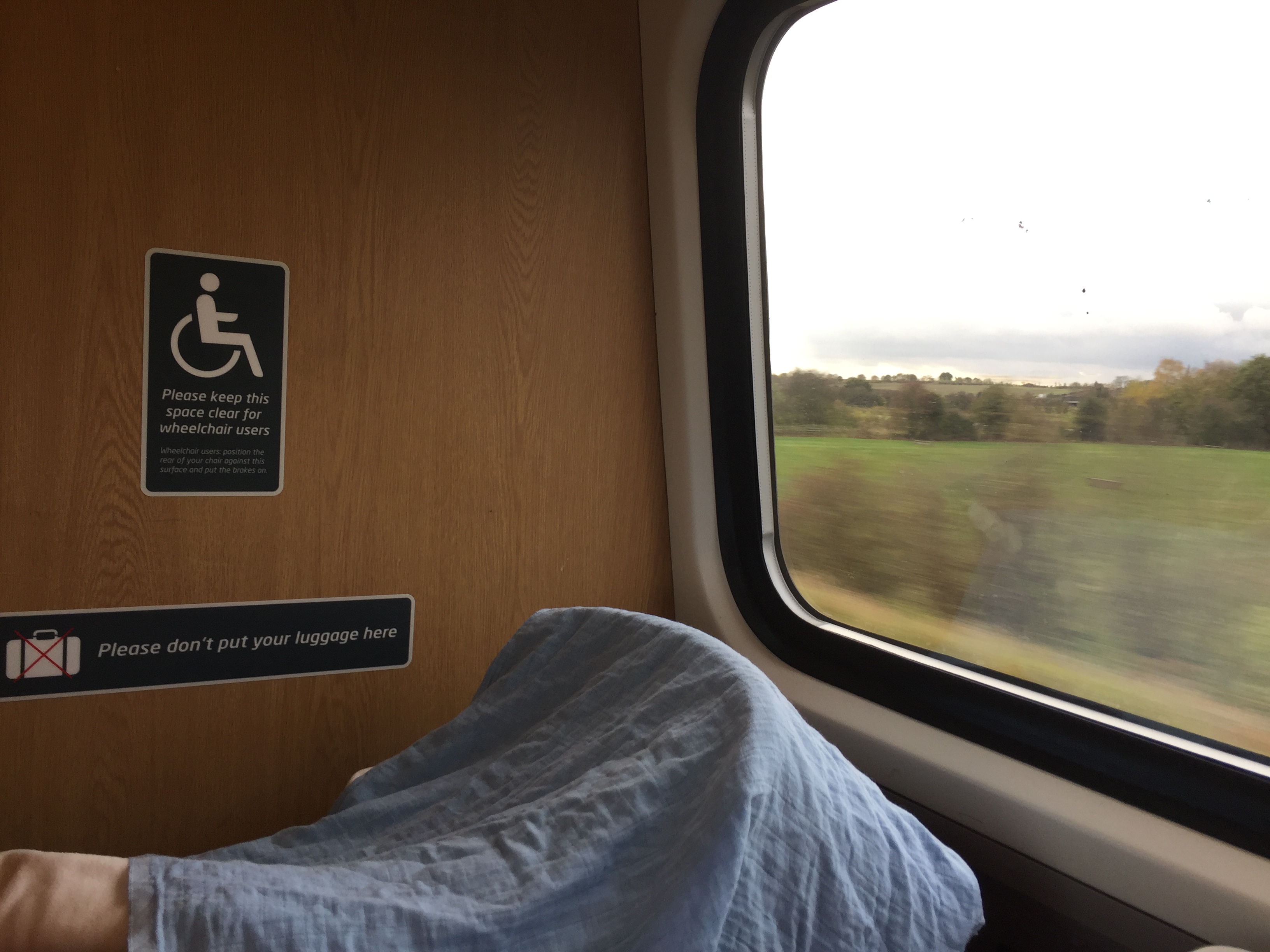It won’t surprise you to learn that beaches are a hit with babies and toddlers. From smashing sand castles (building them is beyond the baby girl so far) to splashing in rock pools, and from putting pebbles in shoes to picking up random bits and bobs and exclaiming excitedly about them, the fun is pretty much endless.
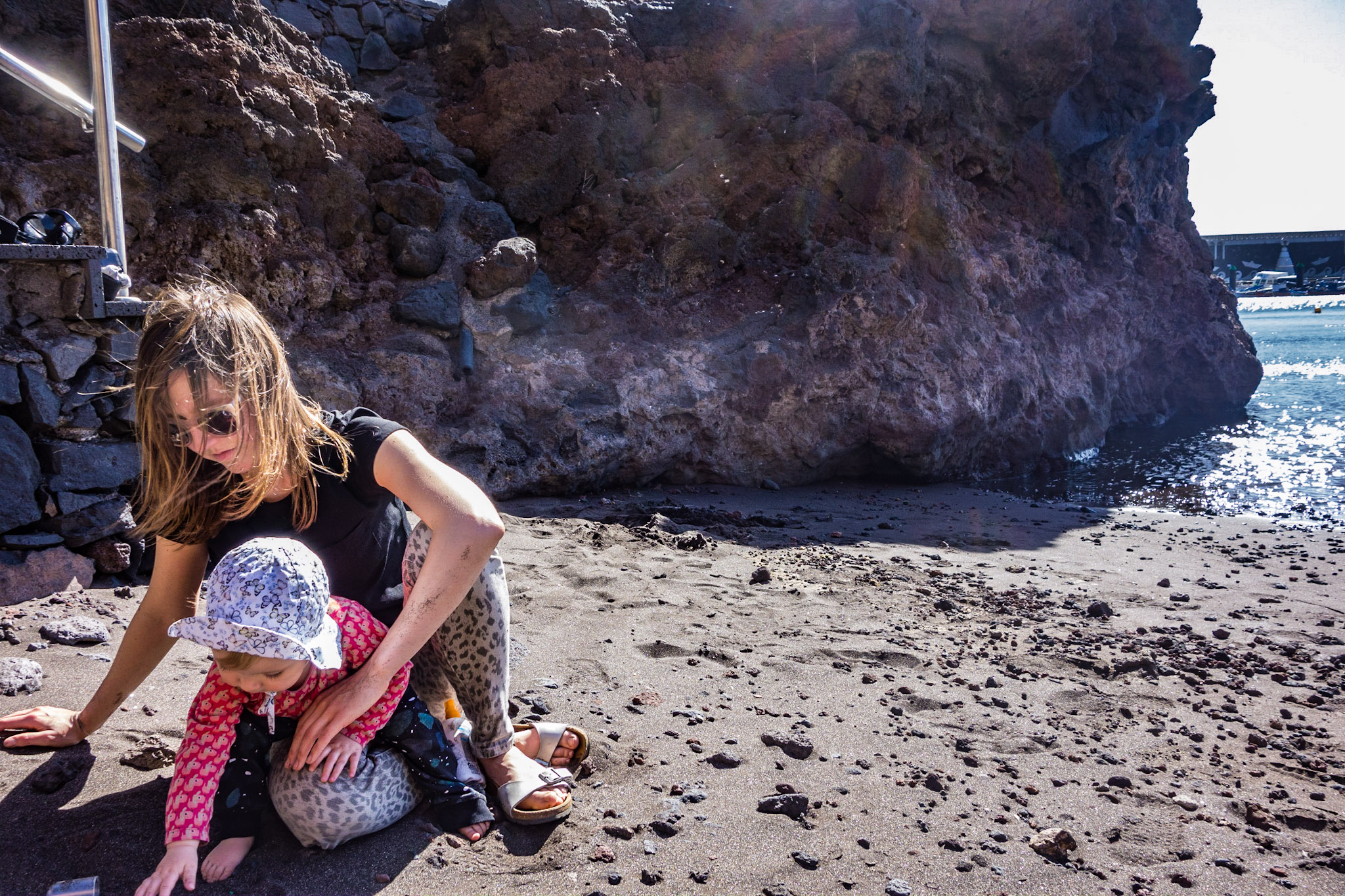
The entertainment taken care of, all that’s left to think about are a few practical concerns. Here are my tips:
1. Stay in the shade in the middle of the day, ideally between 10am and 4pm.
2. If your baby is under six months old, keep her out of direct sunlight entirely. Put her in lightweight clothing so she’s as covered up as possible, and use baby-safe sunscreen (the higher SPF the better, but at least 15+) on any exposed areas.
3. Apply sunscreen when changing your baby or toddler’s nappy at home before leaving for the beach. It’s much easier to get consistent coverage for that first application when she’s naked and not already covered in sand. Apply it all over just in case – you never know when a toddler might decide to strip off, and you want there to be sunscreen on when she does.
4. The easiest way to apply sunscreen to a baby or toddler is with a roll on. You can make your own from an empty roll-on deodorant – just pop the ball out with a spoon, wash and refill.
5. Reapply every two hours, or more frequently if your baby has been in water.
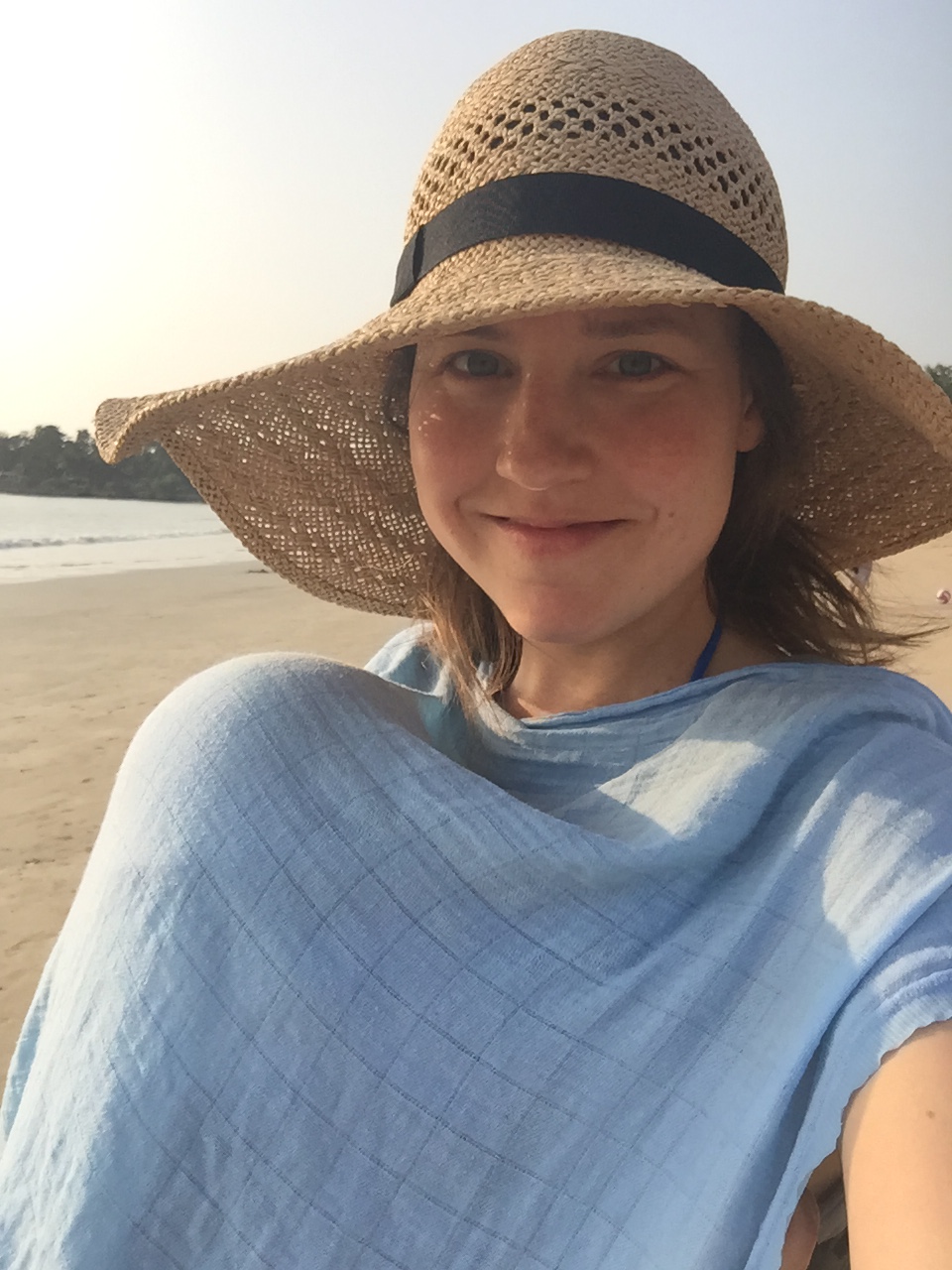
6. Minimise the faff of reapplying sunscreen all the time with a UV-protection suit.
7. Pack a spare hat for your baby in your beach bag (one with a peak and long flap at the back is best).
8. When changing your baby’s nappy at or after a visit to the beach, don’t bother trying to remove sand with wipes. Rinse it off or if that’s not an option let it dry then dust it off.
9. Normally I’d recommend using a reusable neoprene swim nappy and cotton inner rather than disposable swim nappies, but rinsing out multiple poo-filled nappy liners on the beach and then taking them home with you isn’t exactly a relaxing way to spend your holiday. So go for disposable swim nappies (remembering that they offer no absorbency so need to be changed out of for the journey home) or, if your little one will just be playing on the beach and not swimming with you, you can just stick with normal nappies.
10. Empty yoghurt pots make excellent sandcastle-building tools if a bucket and spade aren’t readily available.
11. Pack a mini inflatable paddling pool so your child can have a dip even if the sea is too rough or chilly for her to go in.
12. Another good way of keeping your baby cool is by covering her with a damp cloth (though admittedly less successful after she’s started crawling).
13. If your toddler isn’t enthusiastic about drinking water, keep her hydrated in hot weather by offering snacks like cucumber and watermelon.
14. Leave the pushchair at home, unless it’s an all-terrain model, and take your baby to the beach in a sling instead. Dragging a standard buggy through sand or over pebbles is no fun. If you need a place to put your little one down to nap, consider packing the pop-up tent travel cot I wrote about here. It doesn’t offer full UV protection, so you can’t safely leave her in it in full sunshine, but if you’re in the shade, it’s ideal for a snooze.
